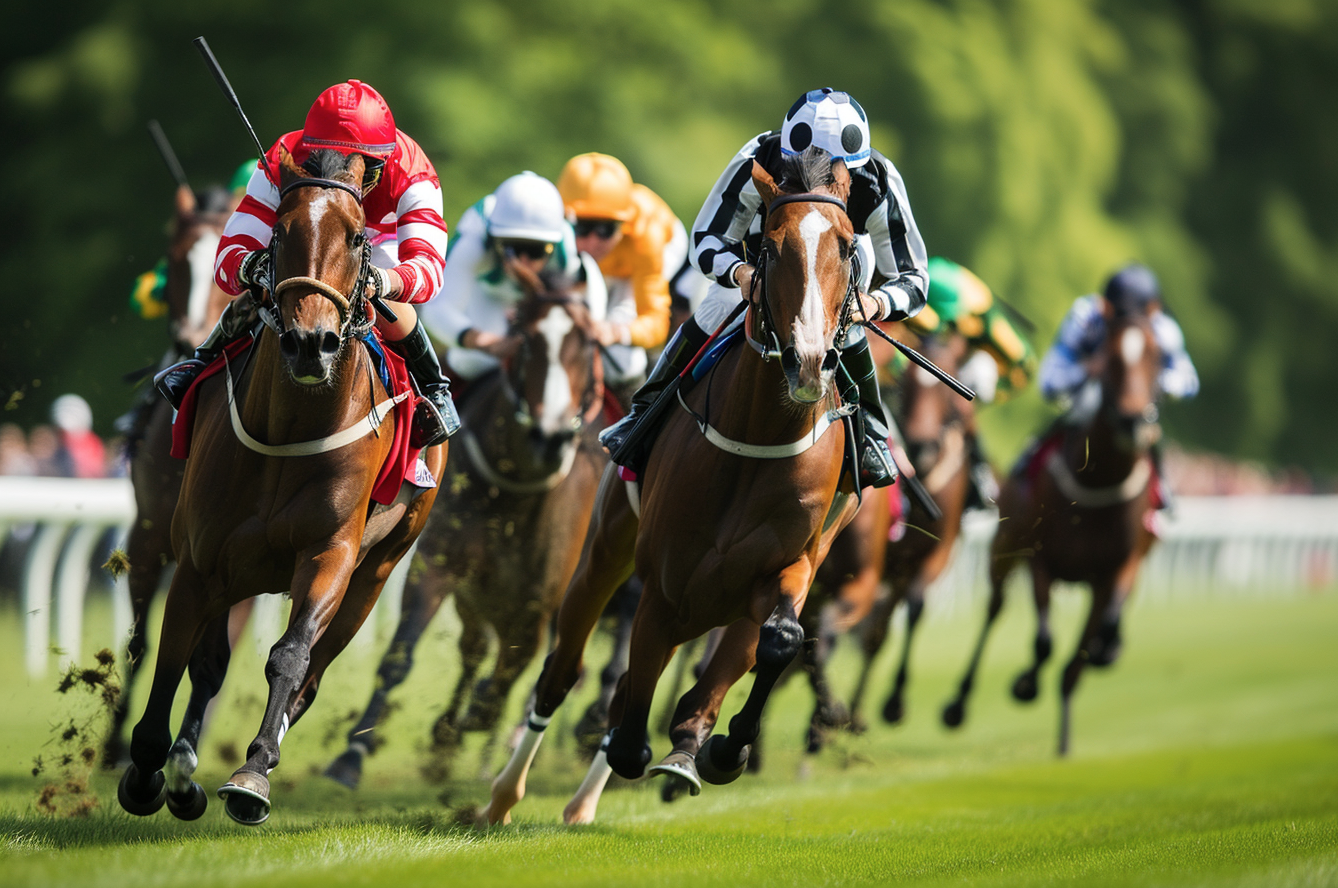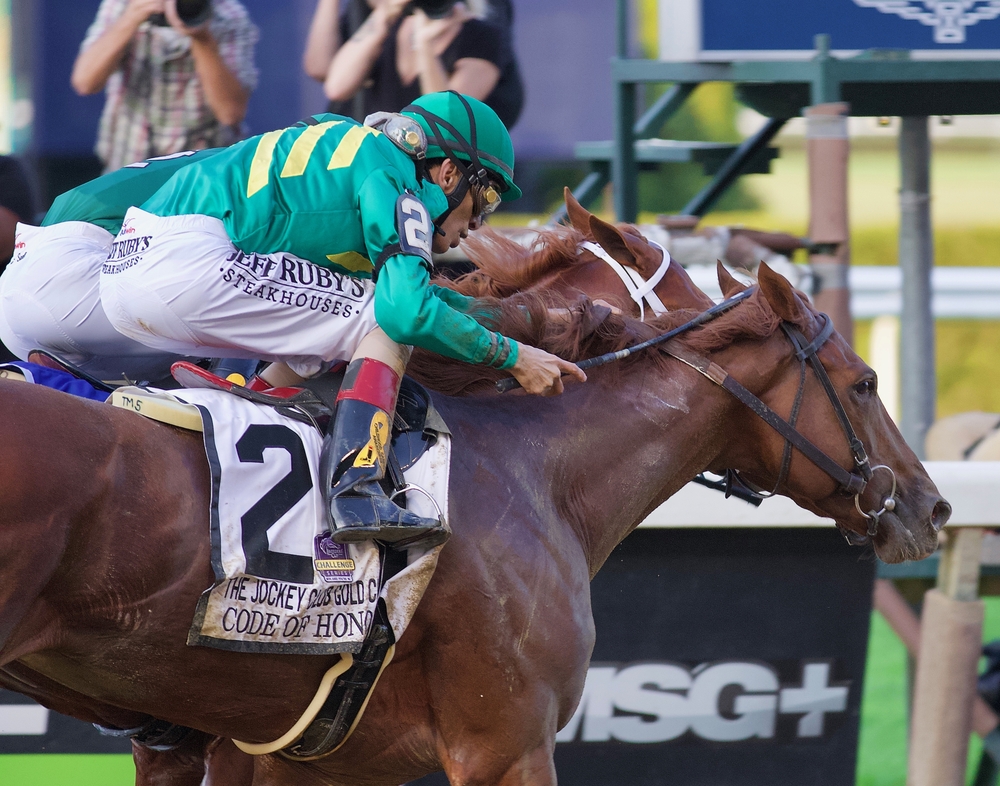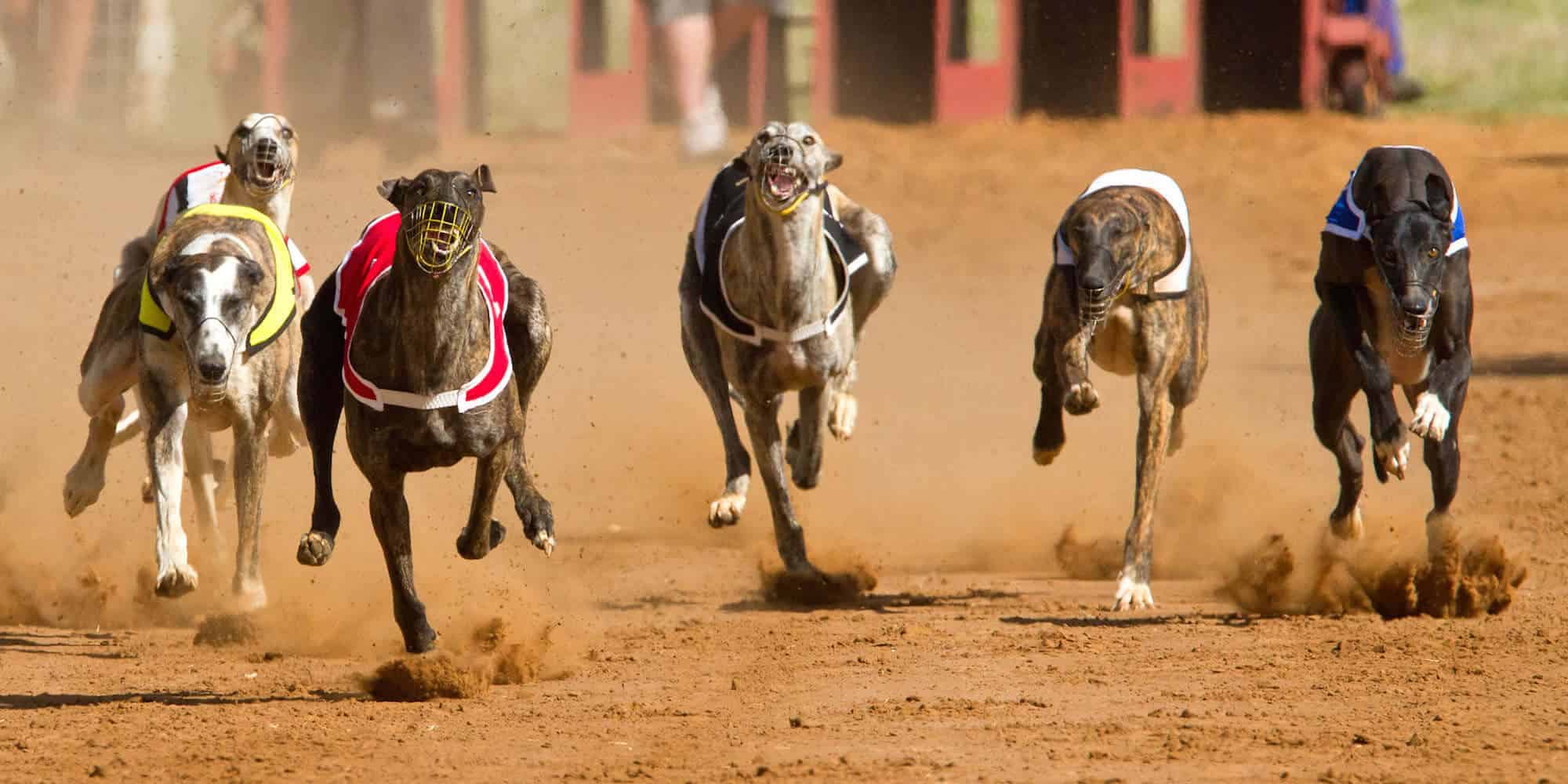Handball is a popular sport in Denmark, with a rich history and passionate following. The Danish Men’s Handball League stands as the country’s top professional league, featuring 14 teams competing in a closely-contested season. The league’s format includes each team playing 26 regular season games, with the top eight advancing to further games, where they are divided into two groups. This prestigious league is known for its competitive nature and has produced numerous talented players who have gone on to find success in both regional and international sports arenas.
The Danish handball league system, also known as the handball league pyramid, encompasses an interconnected structure for handball in Denmark. This hierarchical system incorporates various divisions that operate on the principle of promotion and relegation. In the men’s section, the top two professional levels each contain a single division, while the semi-professional and amateur levels comprise several divisions.
For anyone interested in exploring handball in Denmark, joining a local club provides an excellent starting point. Club fees typically range from 500 to 2000 DKK, offering a welcoming environment for experienced handball players and newcomers alike. As the sport continues to gain popularity, the Danish Handball League remains a dynamic and engaging part of Denmark’s sports landscape.
Overview of Danish Handball League
History
Danish Handball has a rich history with the Danish Men’s Handball League being the top professional league in the country. Established as Herrehåndboldligaen, the winners of this league are recognised as the Danish men’s handball champions. The current champions are GOG Håndbold, showcasing the competitive nature of this league.
Structure
The Danish Men’s Handball League consists of 14 teams, each playing 26 regular season games. Following the regular season, the eight best teams advance to further games, in which they are divided into two groups of four teams each. The teams rankings determine the points they start with in the following structure:
- No. 1 and 2 from the regular season start with 2 points
- No. 3 and 4 start with 1 point
- No. 5-8 start with no points
Taking part in Danish Handball is best initiated by joining a local club, where fees fall within the range of 500-2000 DKK. Numerous clubs are scattered throughout Denmark offering training sessions and team opportunities for players of all ages and skill levels.
Mental preparation also plays a pivotal role in succeeding at handball in Denmark. Potential players need to be ready for a challenging yet rewarding experience as they become immersed in the world of handball. The Danish handball league system or the handball league pyramid is a hierarchically interconnected league structure that ensures the principle of promotion and relegation operates smoothly across divisions.
Within men’s handball, the top two professional levels consist of one division each, while semi-professional and amateur levels occupy further divisions in the pyramid. This structured approach enables promising players to make their way up the ranks while maintaining the quality and competitiveness of Danish handball leagues.
Men’s and Women’s Handball
Men’s Handball
The Danish men’s handball league, part of the Danish handball league system, consists of several interconnected divisions where teams are promoted and relegated based on their performance. The system follows a hierarchical structure, also known as the handball league pyramid.
The top two professional levels each contain one division. Below these, semi-professional and amateur levels comprise multiple divisions. These lower leagues provide an opportunity for aspiring teams to progress through the ranks and improve their facilities for a better sporting experience.
Promotion and relegation play a vital role in keeping the league competitive and ensuring a steady flow of new talent.
Women’s Handball
Similarly, the Danish Women’s Handball League follows the same season style as the men’s league. It consists of 14 teams, each playing 26 regular season games. The eight best teams of the regular season advance to further games. These teams are divided into two groups of four, with the top two teams from the regular season starting with 2 points.
Both men’s and women’s leagues showcase a variety of talent and competitive play, making Danish handball an exciting sport to follow across all levels.
Promotion and Relegation
Professional and Amateur Levels
The Danish handball league system, also known as the handball league pyramid, consists of hierarchically interconnected league structures for handball in Denmark. At the core of this system is the principle of promotion and relegation, which governs the movement of teams between divisions based on their performance each season.
Within men’s handball, there are two professional levels, each containing one division. The top division is the Danish Men’s Handball League, and the next level is the 1st Division. Promotion from the 1st Division to the Danish Men’s Handball League occurs for the top-ranking teams, while the bottom finishers in the Danish Men’s Handball League are relegated to the 1st Division.
The semi-professional and amateur levels in Danish handball are composed of several divisions, including the Danish 2nd Divisions. Teams competing in these lower divisions have the opportunity to gain promotion to higher divisions or face the risk of relegation to lower ones, depending on their performance.
Geographic Areas
Divisions in the Danish handball league system consist of teams from various geographic areas across the country. While some divisions have a nationwide reach, others may be organised more regionally, representing provincial leagues.
Specific criteria for promotion and relegation can vary slightly from one league to another. In addition to sporting performance, teams may need to meet certain requirements, such as:
- Proper facilities
- Adequate finances
- Stable organisational structure
These additional criteria ensure the overall sustainability and competitiveness of the Danish handball league system.
In conclusion, promotion and relegation play a crucial role in maintaining the structure and excitement of Danish handball, providing opportunities for teams to rise through the ranks and compete at higher levels, while also setting standards that ensure the overall quality and integrity of the sport.
Organisations and Associations
Dansk Arbejder Idrætsforbund
Dansk Arbejder Idrætsforbund (DAI) is a Danish sports organisation that focuses on promoting sports and physical activities for people from all walks of life. This includes amateur sports like handball, and they help create a friendly and inclusive environment for both players and fans. DAI is committed to fostering strong communities, and their approach to sports reflects this belief.
Danish Handball Association
The Danish Handball Association (DHF) is the governing body for handball in Denmark. They are responsible for the development and promotion of handball at all levels, from grassroots to the professional leagues. DHF oversees the rules, court regulations, and coaching for handball across the country.
The DHF manages the top-flight league known as the Danish Men’s Handball League, as well as the women’s league. Both leagues follow a similar structure, with promotion and relegation linking them to the wider Danish handball league system. The association also organises national and international competitions, such as the Danish Cup and Denmark’s participation in events like the European and World Championships.
One of the key figures within DHF is Nikolaj Jacobsen, the head coach of the Danish men’s national handball team. Under his leadership, the national team has achieved substantial success, and DHF has experienced growth in its development efforts.
DHF’s development initiatives focus on improving the overall quality of handball in Denmark while ensuring that the sport remains accessible. Some of these efforts include:
- Youth development programmes
- Coaching courses and support
- Facilities improvements
To participate in DHF’s leagues and competitions, clubs and players are required to pay fees. These fees help support the organisation’s activities and contribute to the ongoing growth and development of the sport. The national Danish football association also works closely with the DHF to promote a strong relationship between football and handball, ensuring both sports can coexist and thrive.
In conclusion, the Danish Handball League is supported by a robust network of organisations and associations, ensuring that handball in Denmark continues to prosper both on and off the court.





